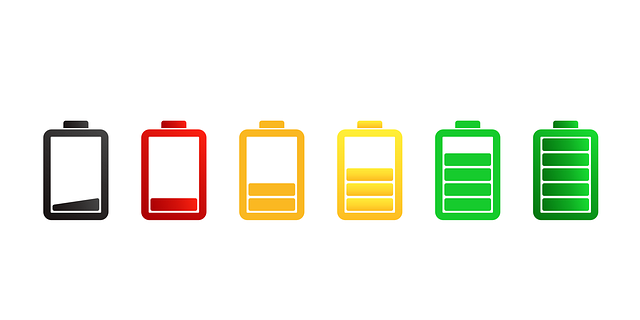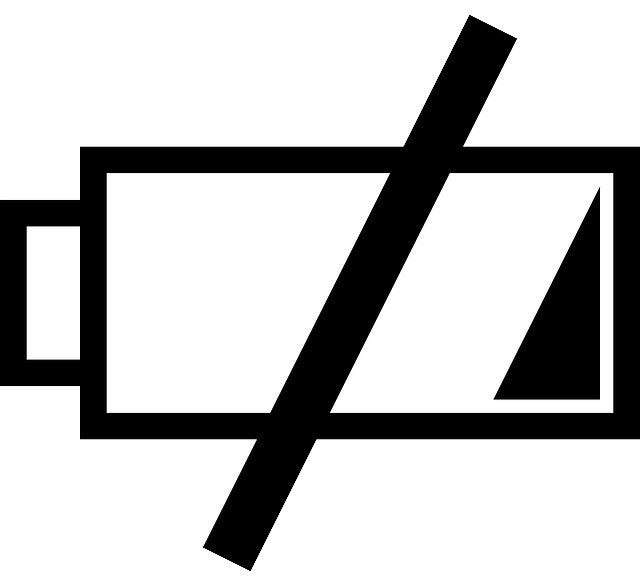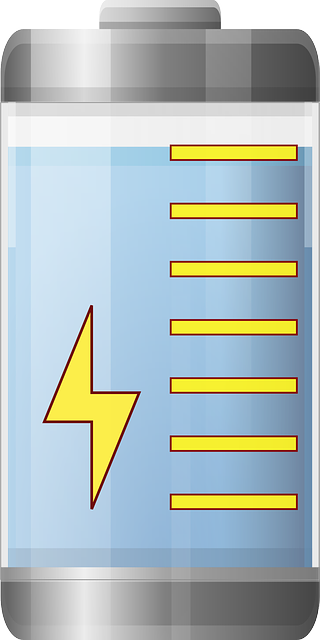Button batteries, commonly found in various electronic devices including hearing aids, watches, and remotes, are hazardous due to their corrosive nature when ingested and the environmental pollution they cause upon improper disposal. These batteries contain toxic substances like lithium, zinc, mercury, and cadmium, which can harm human health, particularly in children, causing severe chemical burns internally. When discarded in landfills or released into waterways, these batteries degrade and release harmful chemicals, contaminating soil and water systems, which in turn affects wildlife and can enter the human food chain. Addressing this issue involves robust recycling programs that safely recover valuable materials from button batteries, thereby preventing environmental degradation and conserving natural resources. Consumer education on proper disposal is essential to protect public health and maintain ecological integrity, emphasizing the importance of recycling these small but impactful power sources responsibly.
Button batteries, small yet potent power sources found in everyday devices, pose significant environmental and safety risks. Their improper disposal can lead to ecological harm and health hazards due to their chemical makeup. This article delves into the dangers of these batteries, explores effective recycling methods, and highlights technological advancements in the field. It also outlines international initiatives and provides actionable steps for individuals to ensure responsible battery recycling, safeguarding our planet and well-being.
- Understanding the Hazards of Button Batteries
- The Environmental Impact of Improper Disposal
- The Chemical Composition and Potential Health Risks
- Proper Recycling Processes for Button Batteries
- Innovations in Button Battery Recycling Technology
- Local and Global Initiatives for Responsible Button Battery Recycling
- How Individuals Can Contribute to Responsible Recycling of Button Batteries
Understanding the Hazards of Button Batteries
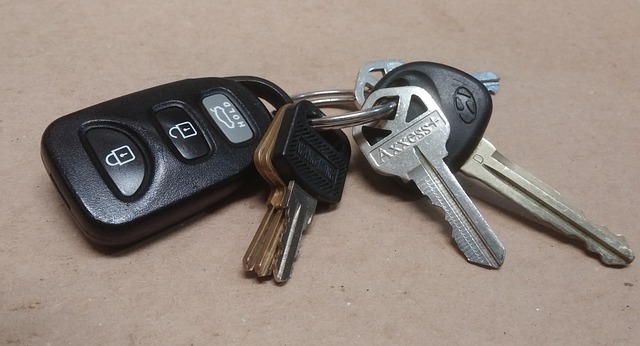
Button batteries, small cells that power hearing aids, watches, and various electronic devices, present significant hazards when disposed of irresponsibly. These batteries contain corrosive electrolytes that can cause severe chemical burns upon contact with skin or ingestion. Accidental ingestion, a growing concern particularly among young children, can lead to serious medical emergencies as the battery’s alkaline content reacts with bodily fluids. The risks are not confined to human health; improper disposal of button batteries also contributes to environmental pollution. When discarded in landfills, these batteries can leak, releasing harmful substances into the soil and water systems, disrupting ecosystems and potentially entering the food chain. Recycling button batteries not only mitigates these risks but also conserves resources and supports sustainable waste management practices. The responsible disposal of these batteries is crucial to safeguarding both public health and environmental integrity, emphasizing the need for awareness and proper handling of this type of battery technology.
The Environmental Impact of Improper Disposal

Button batteries, small but potent energy sources found in an array of everyday devices such as hearing aids, remote controls, and watches, pose a significant environmental risk when disposed of irresponsibly. Improper disposal of these batteries leads to their entry into waterways and landfills, where they can wreak havoc on ecosystems. When button batteries reach aquatic environments, they can be ingested by wildlife, causing severe internal burns due to the chemical reactions initiated when the batteries come into contact with moisture. This not only endangers animal life but also disrupts the delicate balance of aquatic habitats.
In landfills, button batteries can leach harmful substances like lithium, mercury, and zinc into the soil, contaminating groundwater and ultimately entering the food chain. The heavy metals in these batteries are toxic and can have detrimental effects on both flora and fauna. Moreover, the compounds released from broken-down batteries contribute to soil degradation, affecting plant life and, by extension, the health of terrestrial animals that feed on those plants. Responsible recycling programs are essential to mitigate these environmental impacts, ensuring that button batteries are properly processed and their components reused or safely disposed of, thus preserving our planet’s health for future generations.
The Chemical Composition and Potential Health Risks
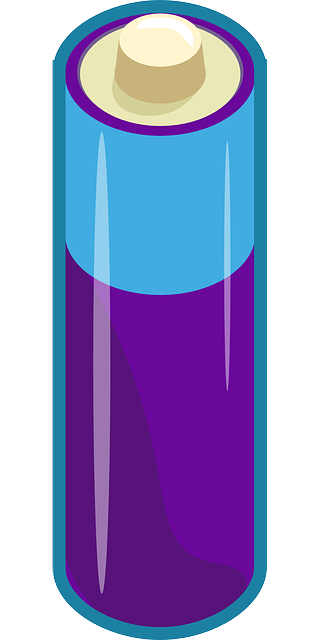
Button batteries, small disc-shaped cells commonly found in household items such as watches, hearing aids, and remote controls, contain chemicals like lithium, zinc, alkaline, or silver oxide. The chemical composition of these batteries is significant because when improperly disposed of, the substances can cause environmental harm and health risks. For instance, lithium-containing batteries can pose a serious threat if ingested, as they can cause severe chemical burns to internal tissues due to their high alkaline content. Accidental ingestion is a particular concern with young children, who may mistake these coins for candy. If not addressed promptly, this can lead to life-threatening situations requiring immediate medical intervention. Moreover, when button batteries end up in landfills or are carelessly discarded, the chemicals can leach into soil and water sources, potentially contaminating ecosystems. This underscores the importance of responsible recycling programs, which not only mitigate these health risks but also prevent environmental degradation by safely recovering and repurposing the valuable materials within used batteries. It is imperative that consumers are aware of the proper disposal methods for button batteries to protect both human health and the environment.
Proper Recycling Processes for Button Batteries
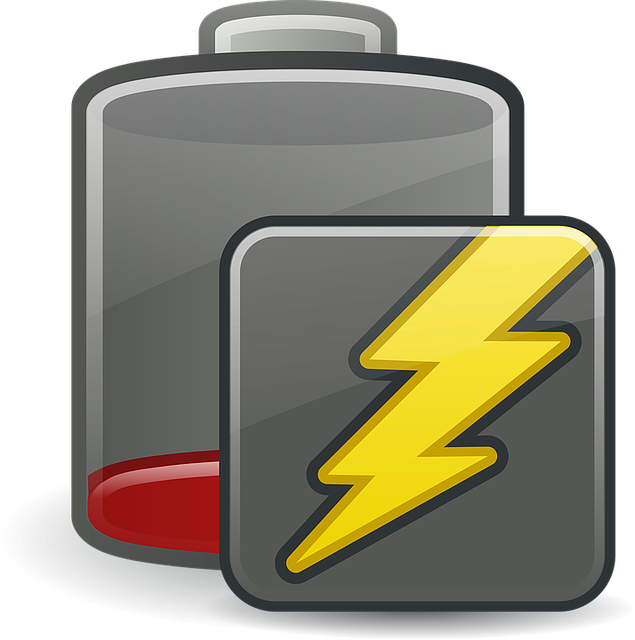
Button batteries, often found in small electronic devices such as hearing aids, watches, and remote controls, pose a significant environmental threat when disposed of improperly. These lithium-powered cells contain corrosive chemicals like lithium, mercury, cadmium, and zinc, which can cause harm to ecosystems and wildlife if they leak into the soil or waterways. Proper recycling processes for button batteries are critical to mitigate these risks. The recycling of button batteries involves a series of steps designed to recover valuable metals and prevent environmental contamination. Initially, button batteries are collected through responsible disposal programs or through electronic waste recycling facilities. Once collected, they undergo a sorting process where they are separated by size, type, and composition. This separation is essential as it allows for more efficient processing of the different battery chemistries.
The subsequent step involves disassembling the batteries to safely extract the active materials. This is typically done through a combination of mechanical and chemical methods. The extracted metals then proceed to smelting and refining stages, where they are processed into raw materials for new products. Throughout this process, stringent safety and environmental protections are in place to ensure that the recycling does not introduce hazardous substances into the environment. By adhering to these responsible recycling processes, we can effectively manage the lifecycle of button batteries, conserve natural resources, and protect both human health and the environment from the potential dangers associated with improper disposal.
Innovations in Button Battery Recycling Technology

Local and Global Initiatives for Responsible Button Battery Recycling
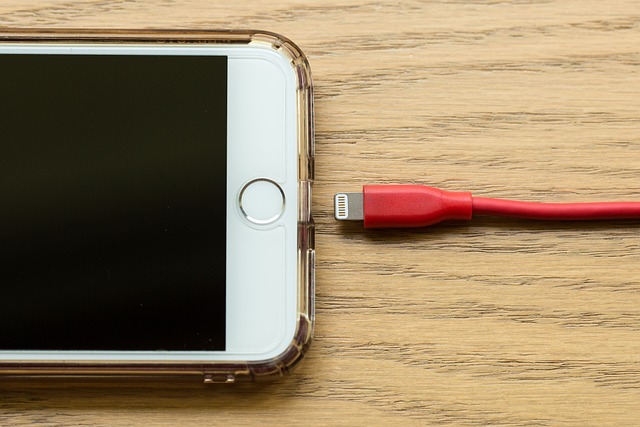
Local initiatives for responsible recycling of button batteries are increasingly gaining momentum as communities recognize the environmental and health risks associated with improper disposal. Recycling programs at the municipal level involve collection points where residents can dispose of used button batteries, which are then safely processed to recover materials like lithium, zinc, and mercury. These programs not only mitigate the potential for hazardous waste contamination but also foster a culture of environmental stewardship within local populations. The success of such initiatives is often measured by the reduction in the number of batteries that end up in landfills, as well as by the volume of recyclable materials recovered and repurposed.
On a global scale, organizations and governments are collaborating to establish international standards and regulations for button battery recycling. The United Nations Environment Programme (UNEP) and other international bodies have set guidelines for responsible production, use, and disposal of these batteries. Global initiatives also focus on harmonizing recycling practices across different countries to facilitate the cross-border flow of materials for reuse. These efforts aim to create a closed-loop system where battery components are not only recovered responsibly but are also used in new products, thereby reducing the demand for raw material extraction and lessening the environmental footprint of battery production. Coordinated international action is crucial for addressing the global challenge of e-waste management, ensuring that button batteries are recycled in an environmentally sound manner.
How Individuals Can Contribute to Responsible Recycling of Button Batteries
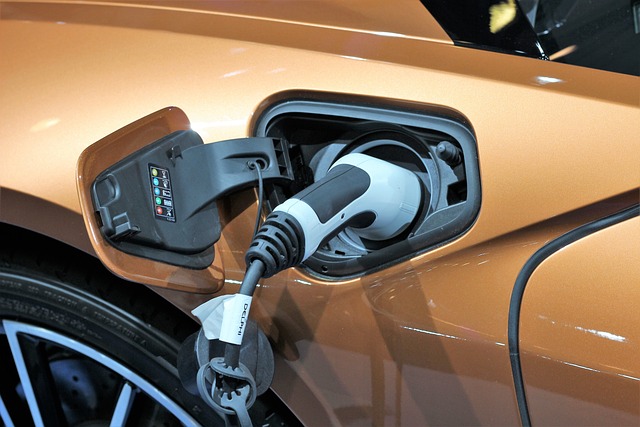
The responsible recycling of button batteries is a critical environmental issue that individuals can significantly impact through their daily actions. Button batteries, commonly found in household items such as remote controls, watches, and hearing aids, contain chemicals like lithium, zinc, and mercury, which can be harmful to the environment if not disposed of correctly. To begin with, consumers should carefully examine electronic devices before discarding them to ensure that no button batteries are present. If found, these batteries should be removed and recycled through designated collection programs or authorized recycling facilities. Local waste management authorities often provide information on where to recycle such items, and it’s a straightforward process to drop off used button batteries at these designated points.
Moreover, manufacturers play a pivotal role in promoting responsible recycling by designing products with battery retrieval systems. Consumers can support this initiative by purchasing items that are easier to disassemble for battery removal. Additionally, there’s a growing trend of rechargeable button batteries, which can reduce the environmental impact significantly if adopted widely. By choosing rechargeables and following proper disposal protocols, individuals can contribute to a safer and more sustainable future. It’s imperative to spread awareness about the importance of recycling button batteries and to facilitate convenient recycling options for all. This proactive approach not only conserves natural resources but also safeguards wildlife and ecosystems from the potential toxic effects of improperly disposed-of batteries.
button batteries play a pivotal role in powering everyday devices, yet their improper disposal poses significant environmental and health risks. This article has shed light on the importance of recycling these batteries responsibly. From the potential dangers they present if ingested to the chemicals within that can leach into soil and waterways, it’s clear that proper handling is non-negotiable. The advancements in recycling technology and the initiatives globally and locally underscore a path forward for mitigating these hazards. By understanding the processes and actively participating, individuals can make a tangible difference in safeguarding our environment and ensuring the well-being of future generations. It is imperative to act with awareness and responsibility when it comes to recycling button batteries.
